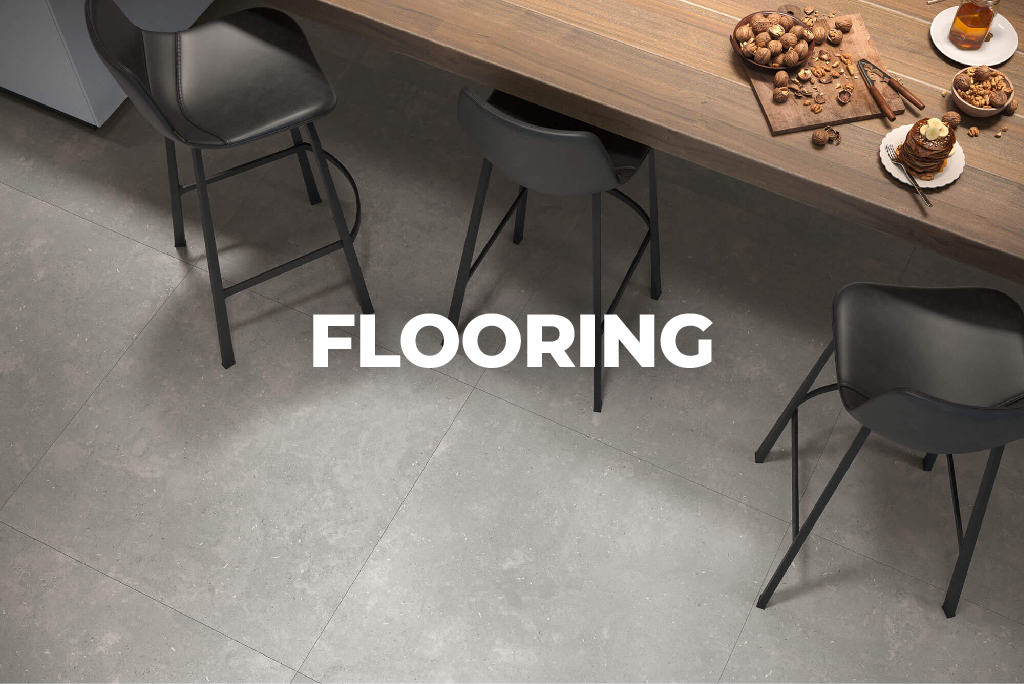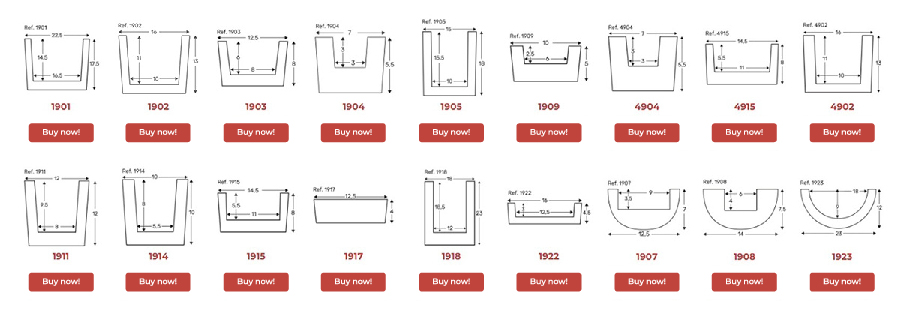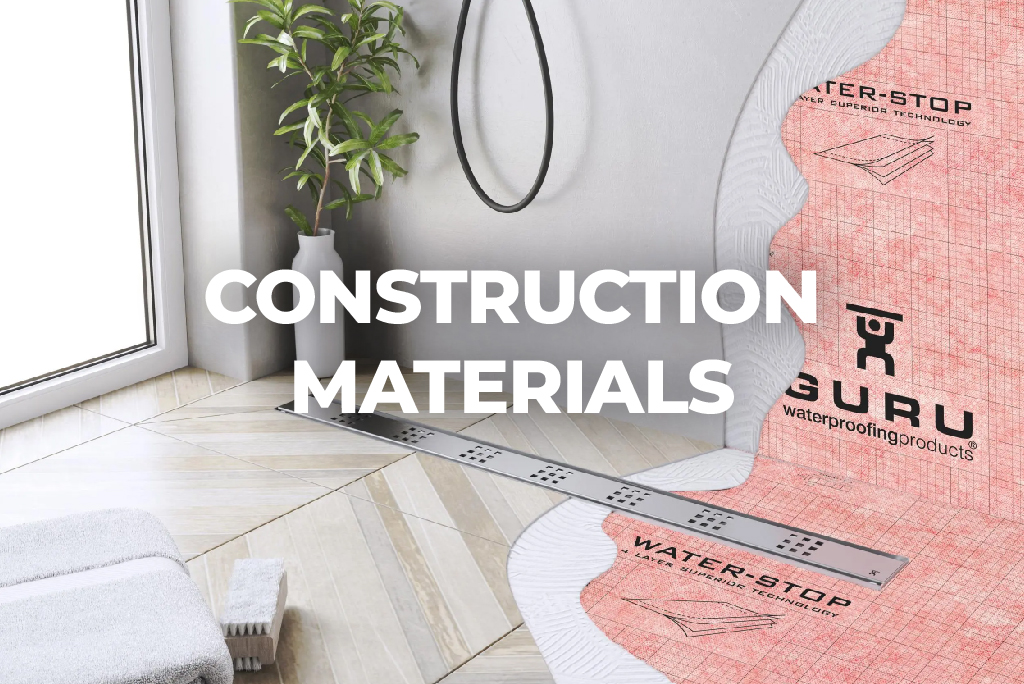Morcemcolor® Plus Flexible colors 5kg
6,39 €
7,73 € VAT incl. 21%
Grouting cement for all types of ceramic tiles and joints. With this grout you can grout up to 15mm thick.
Split your purchase from €/mes with 
It can be yours for only in 3 months with +info




























